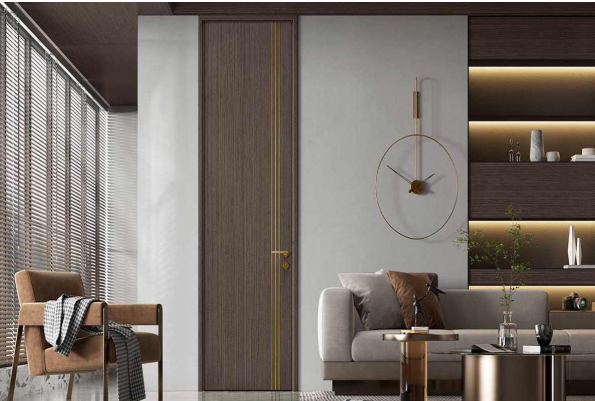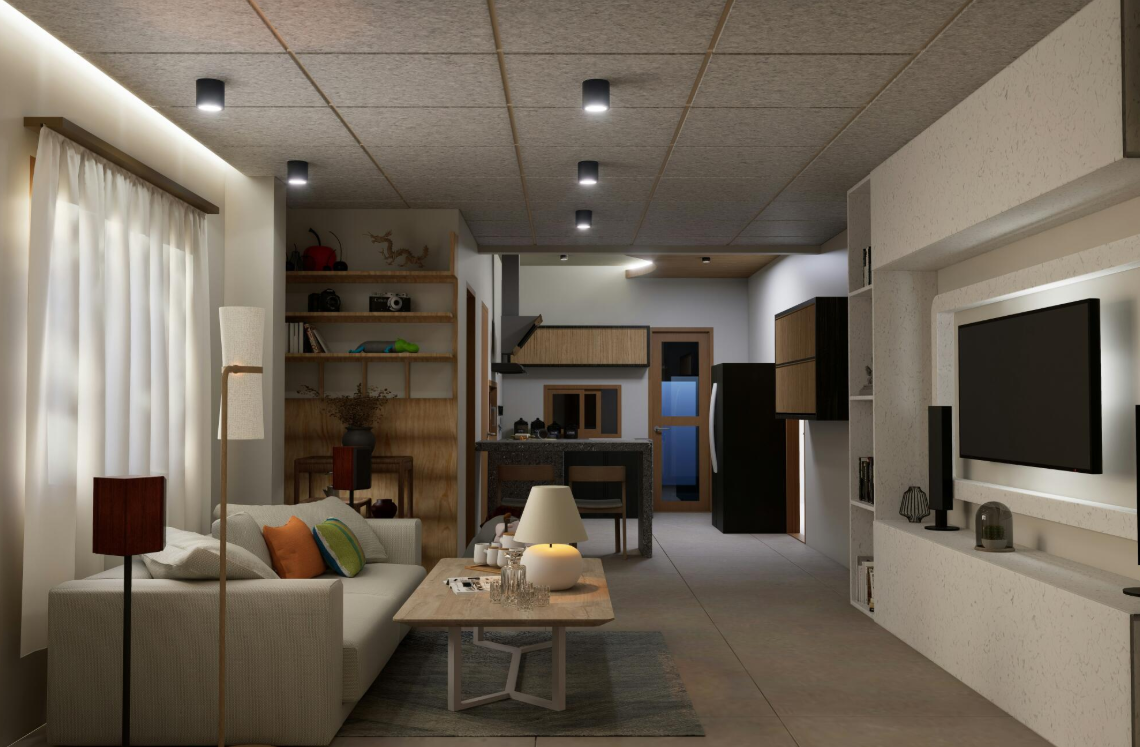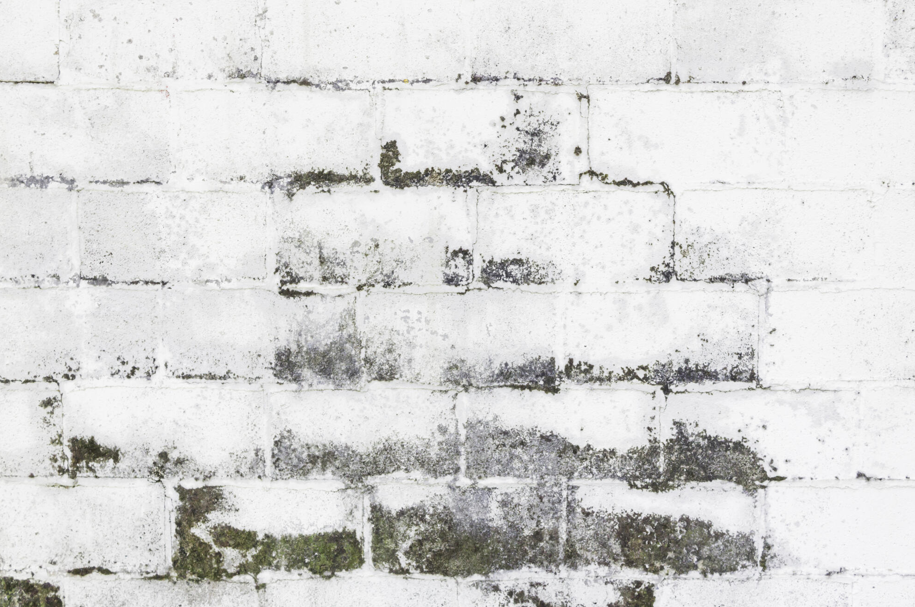We rarely think about door hardware until something goes wrong. That annoying squeak at 2 AM. The handle that sticks when you’re trying to quietly slip out while your partner sleeps. The lock that doesn’t quite catch, leaving you wondering if privacy is actually assured. These seemingly minor irritations can significantly impact our daily lives, especially in spaces as intimate as bedrooms.
Beyond the Basics: Hardware as the Unsung Hero
Door hardware is so much more than just the practical bits that make a door work. It’s the interface between you and your private space—the literal touchpoint of your bedroom experience. And yet, most people spend more time choosing their bedsheets than they do considering what kind of hardware will work best on their bedroom doors.
I’ve been designing residential spaces for over 15 years, and I can’t tell you how many beautiful master bedroom renovations I’ve seen undermined by poor hardware choices. All that money spent on custom millwork, perfect paint colors, and luxury flooring… only to be let down by a cheap, rattling door handle that feels unpleasant to the touch and disrupts the tranquility of the space.
Functionality First: The Mechanics Matter
Let’s start with the basics—the mechanical elements that make a door actually work:
Hinges: The Silent Workhorses
Hinges bear the entire weight of your door while facilitating hundreds of thousands of movements over their lifetime. Yet they’re often the most overlooked component.
Quality hinges should:
- Operate silently (no squeaking or grinding)
- Support the door’s weight without sagging
- Allow for adjustment as the house settles
- Complement the door’s design and other hardware
Ball-bearing hinges, though slightly more expensive than standard pin hinges, provide significantly smoother operation and longer life. For bedroom doors, which we typically open and close multiple times daily, this upgrade is well worth considering.
Latches and Strikes: The Connection Points
The latch bolt and strike plate need to align perfectly for a door to close properly. This alignment seems simple but is often executed poorly, leading to doors that don’t quite catch or that require an extra push to close completely.
In bedrooms, this functionality is particularly important. You know that awkward moment when you think a door is closed, only to have it drift open at an inopportune time? Yeah, proper latch and strike alignment prevents that.
Privacy Considerations: Locks and Their Limitations
Bedroom door locks serve both practical and psychological functions. They provide actual privacy, yes, but they also create a sense of security that helps us relax in our most vulnerable spaces.
Types of Bedroom Locks
- Privacy sets: These feature simple push-button or turn-button locks on the interior side only, with emergency release options on the exterior (usually a small hole where you can insert a thin tool to unlock from outside).
- Keyed entry sets: Less common for bedrooms but preferred by some, these locks can be secured from either side but require a key.
- Smart locks: The newest option, offering keyless entry through codes, fingerprints, or smartphone connectivity. These are gaining popularity in primary bedrooms, especially in homes with open floor plans where the bedroom serves as the main private space.
OPPEIN, which has become increasingly prominent among door manufacturers, has developed some particularly innovative integrated hardware systems for bedroom doors. Their privacy sets feature soft-close mechanisms and magnetic latches that eliminate the traditional “click” sound when closing—a small detail that makes a significant difference in homes where someone might be sleeping while others are still moving about.
The Tactile Experience: Hardware You Touch
The feel of door hardware in your hand creates a subconscious impression dozens of times daily. This tactile experience affects your perception of quality throughout the entire room.
Weight and Substance
Quality hardware has heft. It feels substantial in your hand—not heavy to the point of being cumbersome, but solid enough to convey durability. I find that this tactile feedback significantly impacts client satisfaction, even when they can’t quite articulate why one door “feels better” than another.
Temperature and Texture
The material of your hardware affects how it feels to the touch. Metals like brass and bronze tend to warm with handling, while stainless steel remains cool. Finishes can be smooth and slick or textured for grip. These sensory experiences matter in spaces where comfort is paramount.
By the way, if you’ve ever stayed in a high-end hotel and noticed how pleasant it feels to open and close the doors, this tactile quality is exactly what you’re responding to. It’s not just about looks—it’s about the complete sensory experience.
Acoustic Considerations: The Sound of Silence
In bedrooms, sound management becomes particularly important. Hardware can significantly impact the acoustic profile of a door in several ways:
Closing Sounds
The “click” of a latch engaging, while satisfying in some contexts, can be disruptive in a bedroom setting. Magnetic catches and soft-close mechanisms reduce this noise considerably.
Movement Noise
Loose hardware can create rattling or vibrating sounds when the door moves. Quality installation with proper tightening eliminates these issues.
Sound Transmission
The hardware installation affects how tightly the door seals when closed, which in turn impacts sound transmission through the door. Properly installed hardware ensures the door sits correctly in its frame, maximizing the effectiveness of any acoustic sealing.
Aesthetic Integration: The Visual Element
While function should lead hardware selection, appearance certainly matters—especially in bedrooms where we’re creating restful, harmonious environments.
Finish Coordination
Hardware finishes should coordinate with the overall design scheme. This doesn’t necessarily mean matching everything exactly (mixed metals can be quite effective when done intentionally), but there should be a clear relationship between hardware finishes and other metal elements in the room.
Scale and Proportion
The size of hardware should relate appropriately to the door and room dimensions. Oversized handles can make a statement but might overwhelm a delicate design scheme. Conversely, hardware that’s too small can look insubstantial and feel awkward to use.
Longevity and Investment: Thinking Long-Term
Quality door hardware is genuinely an investment. While the price difference between basic and premium options might seem significant upfront, when amortized over decades of daily use, the premium for quality becomes negligible.
In my experience, clients who initially resist spending on “invisible” elements like hardware often end up replacing cheaper options within 5-7 years—ultimately spending more than if they’d chosen quality from the start.
Installation: The Make-or-Break Factor
Even the finest hardware performs poorly when improperly installed. Professional installation ensures:
- Proper alignment of all components
- Correct spacing and positioning
- Secure attachment that won’t loosen over time
- Appropriate adjustments for door weight and usage patterns
The term “reveal” refers to the spacing between the door and frame, which should be consistent all around. Proper hardware installation maintains this consistency, which affects both function and appearance. An uneven reveal is often the first sign of hardware issues, as it indicates the door isn’t hanging correctly.
Conclusion: The Details That Define Quality
The hardware on your bedroom door represents a small portion of your overall interior investment but has a disproportionate impact on your daily experience. From the smooth swing of a well-hung door to the satisfying feel of a quality handle in your palm, these details create the subtle but powerful impression of thoughtful design.
And isn’t that what good design is ultimately about? Not just how spaces look, but how they feel to live in—how they function so seamlessly that you don’t have to think about them at all. In that sense, perhaps the highest compliment for door hardware is that it becomes invisible, allowing you to focus on rest, relaxation, and all the other experiences your bedroom should provide.











